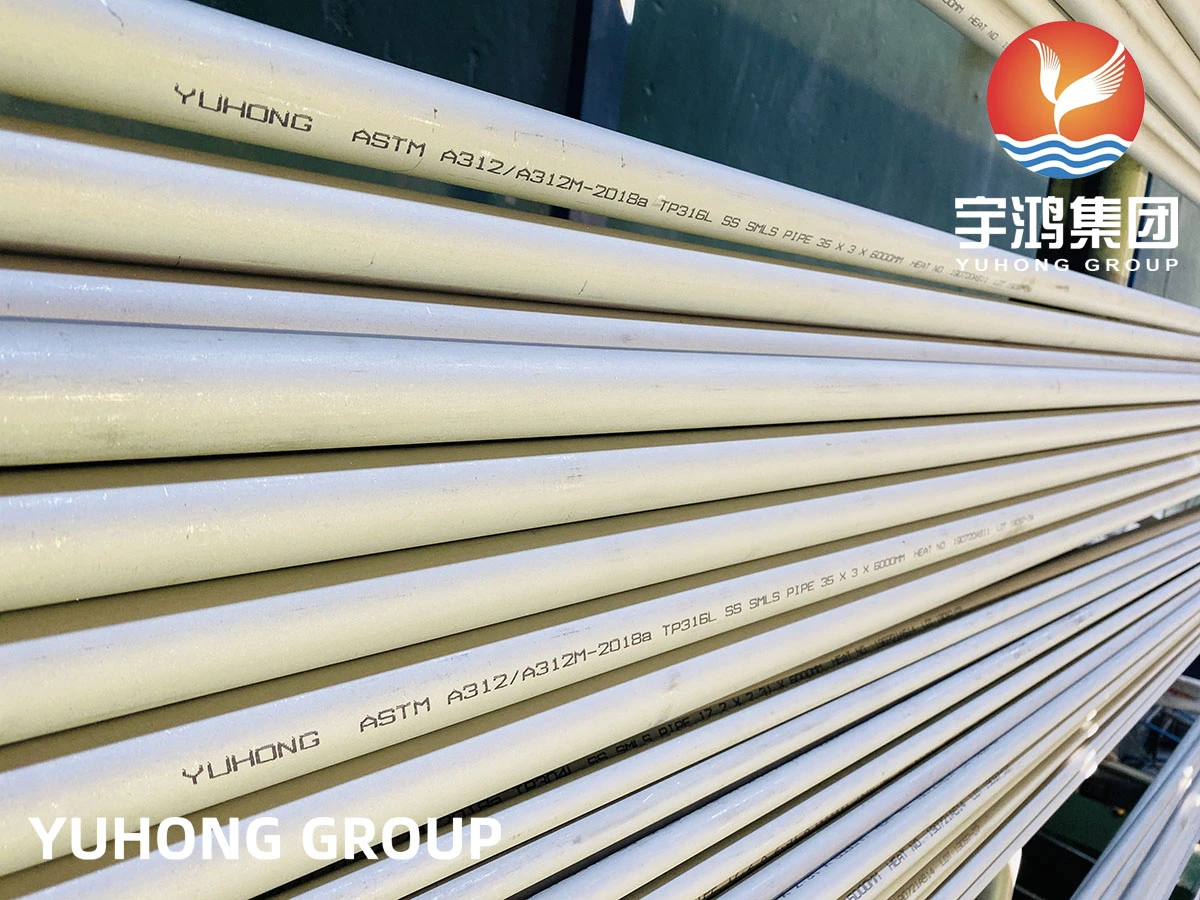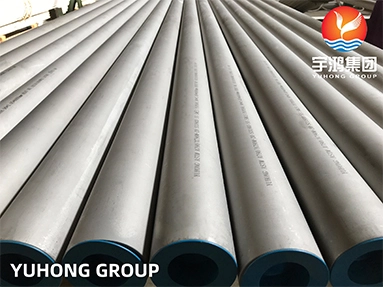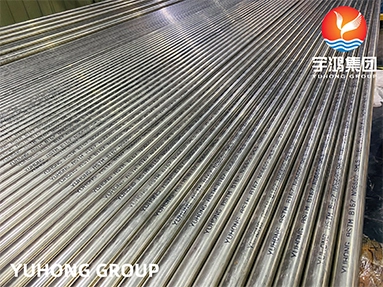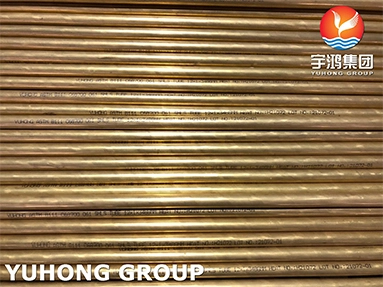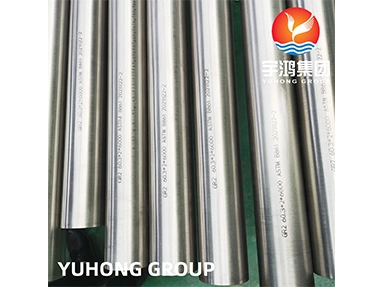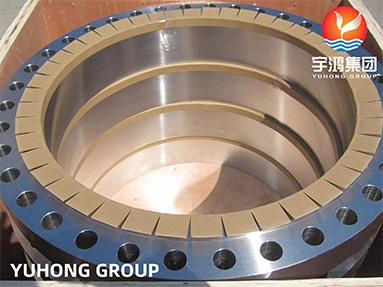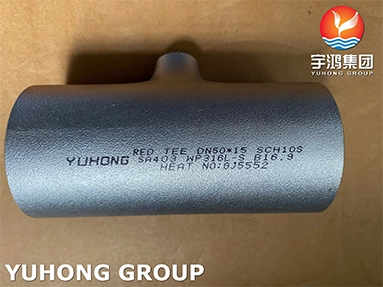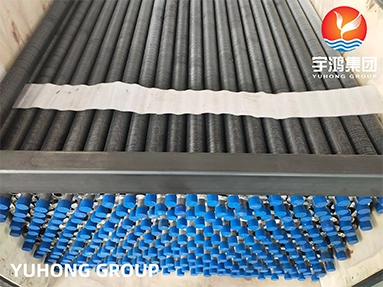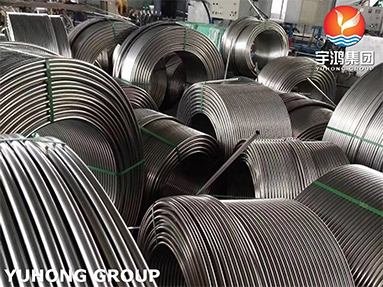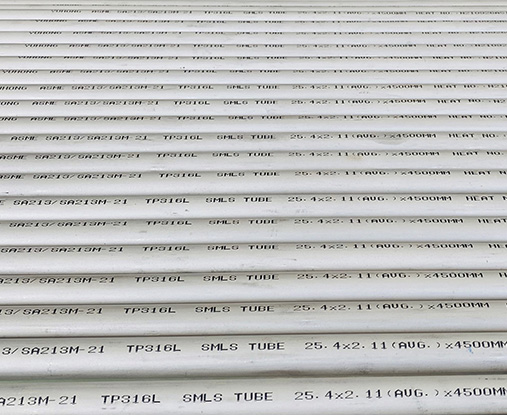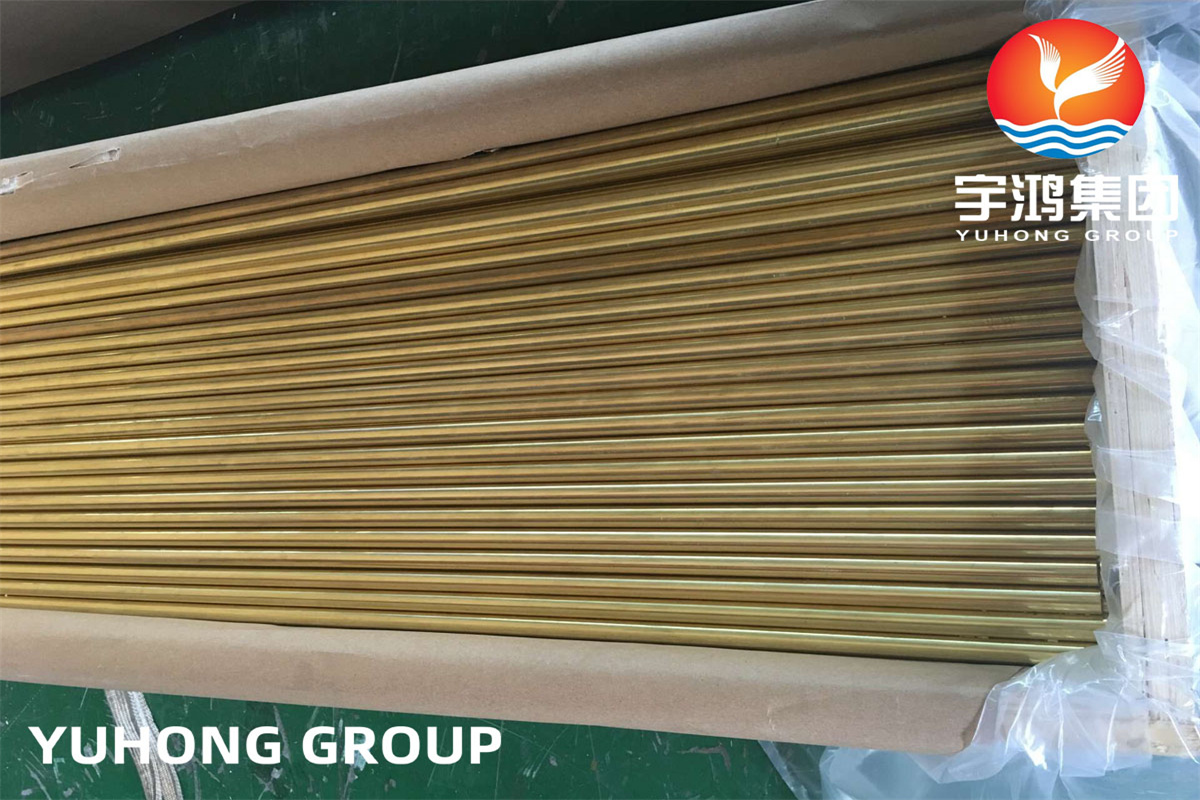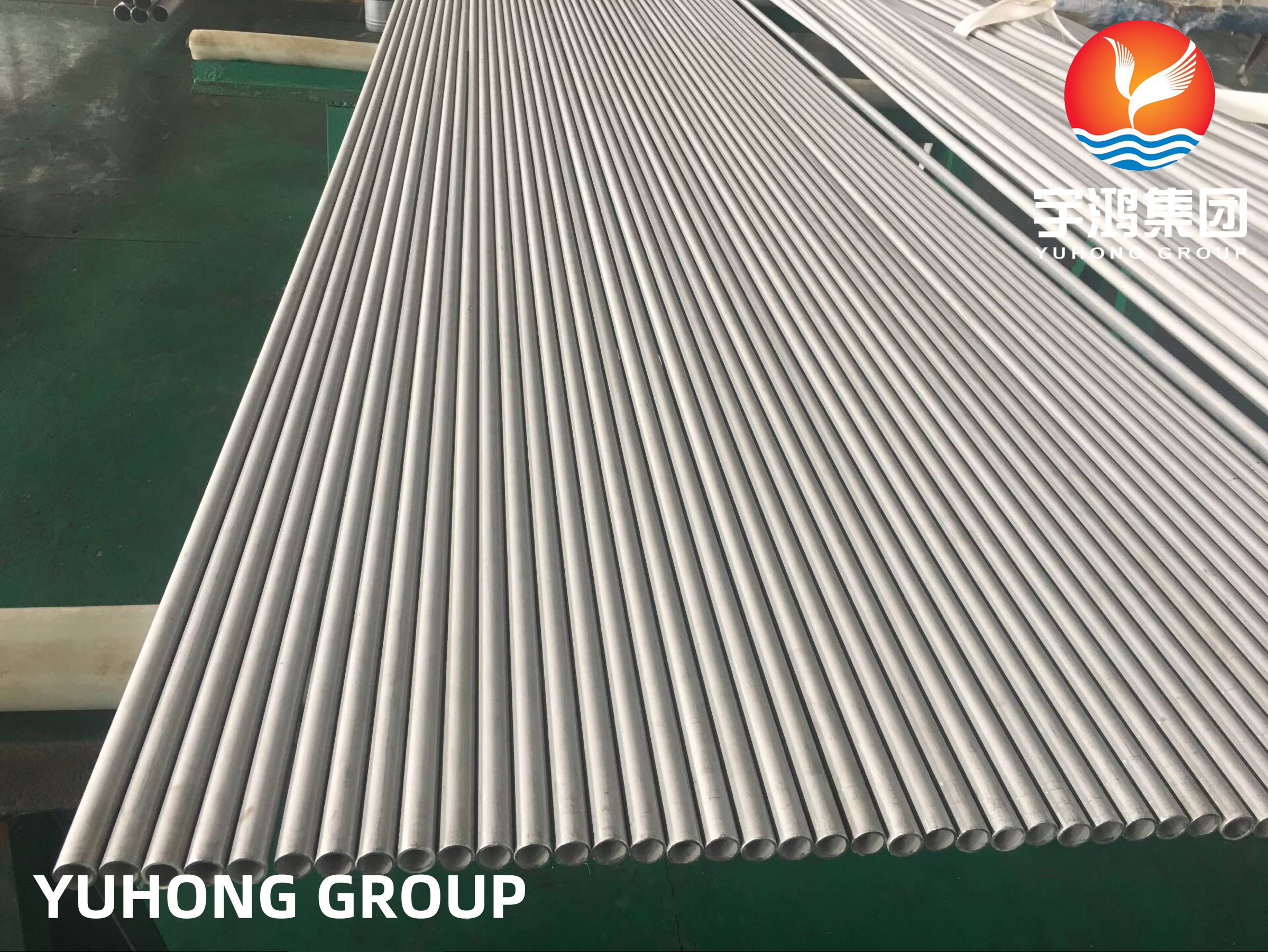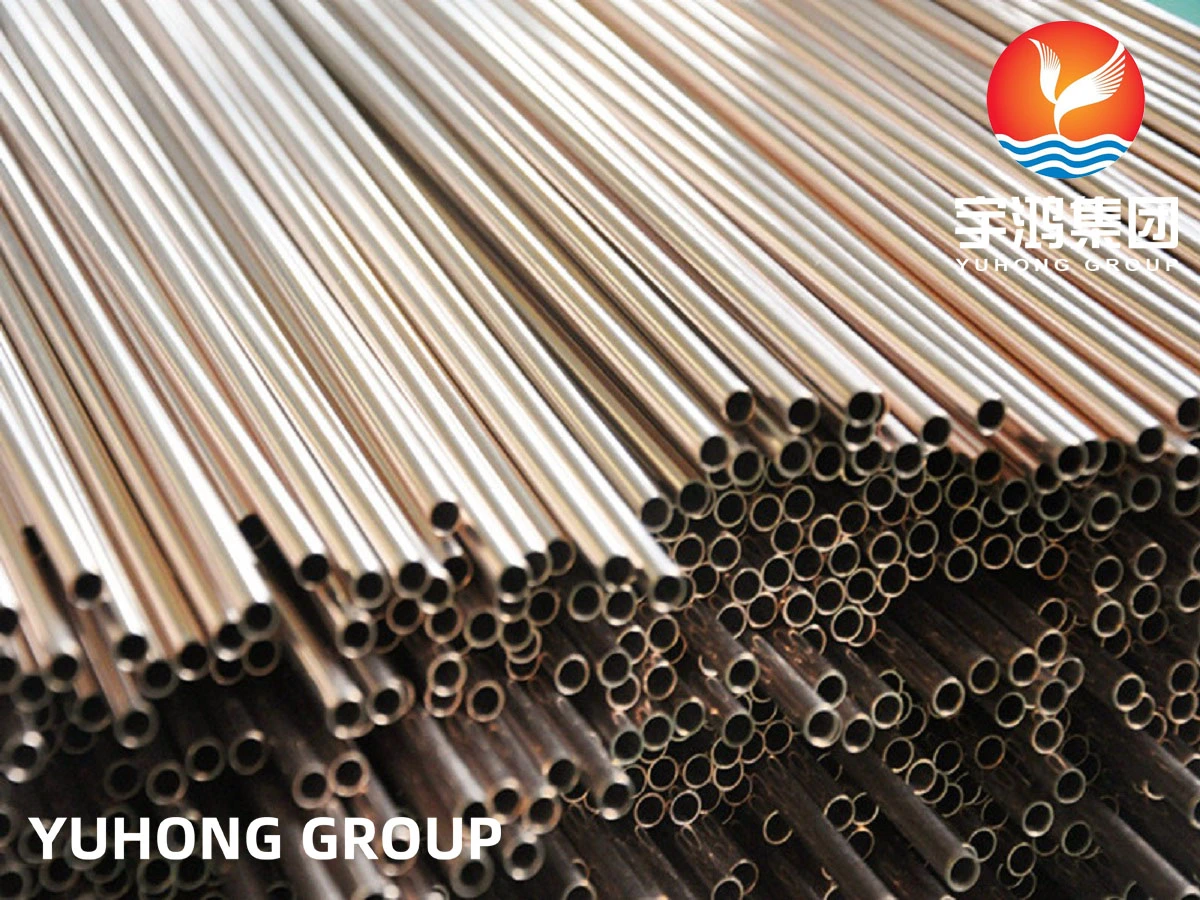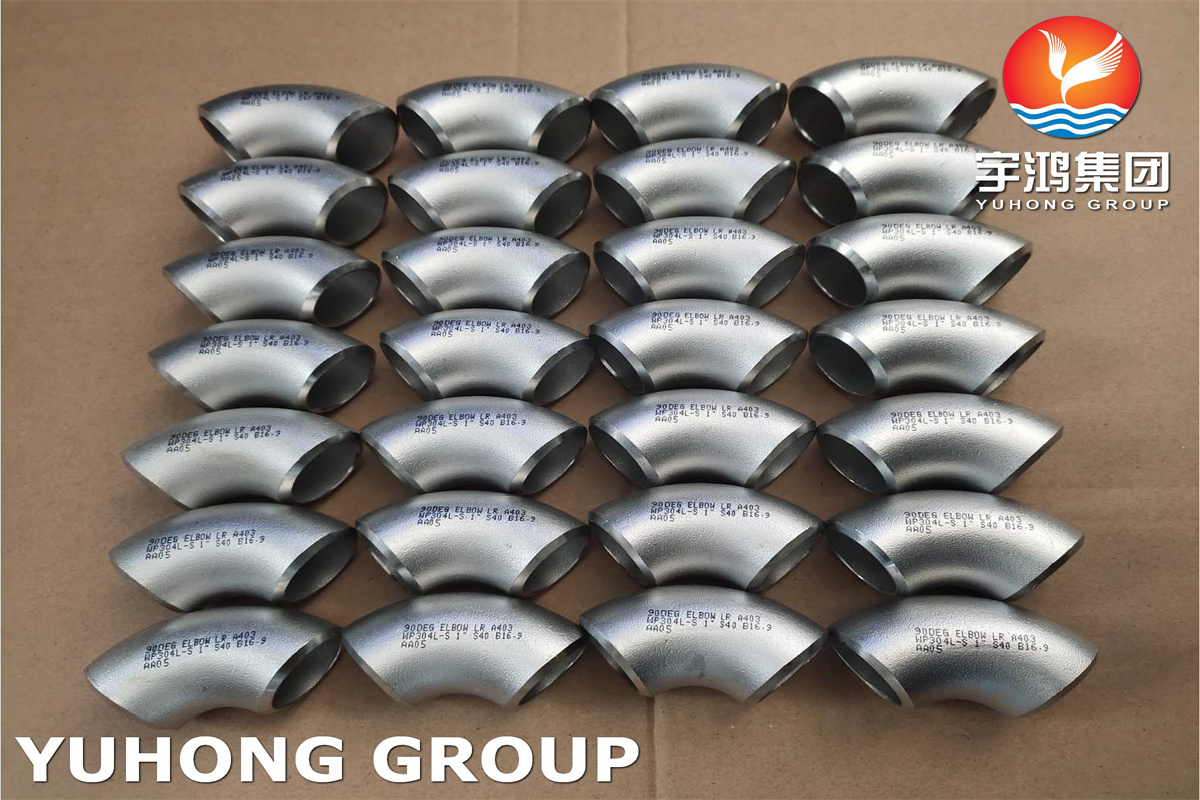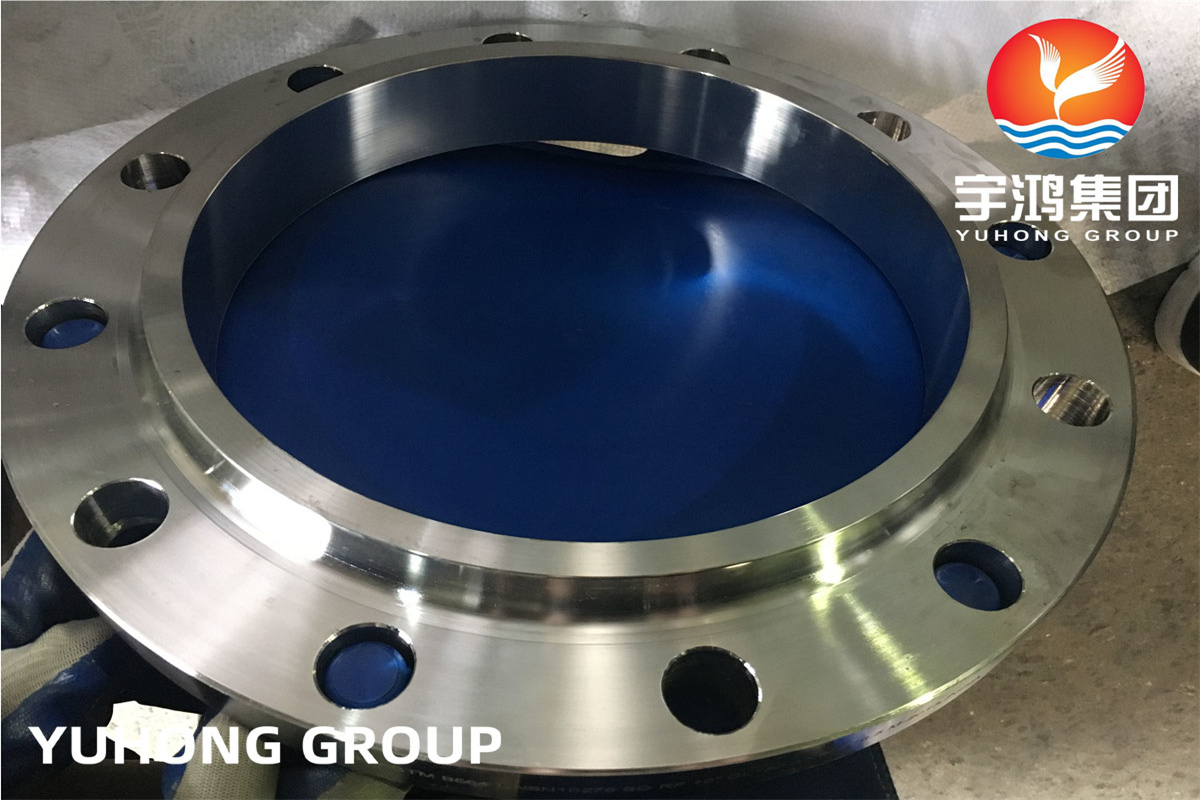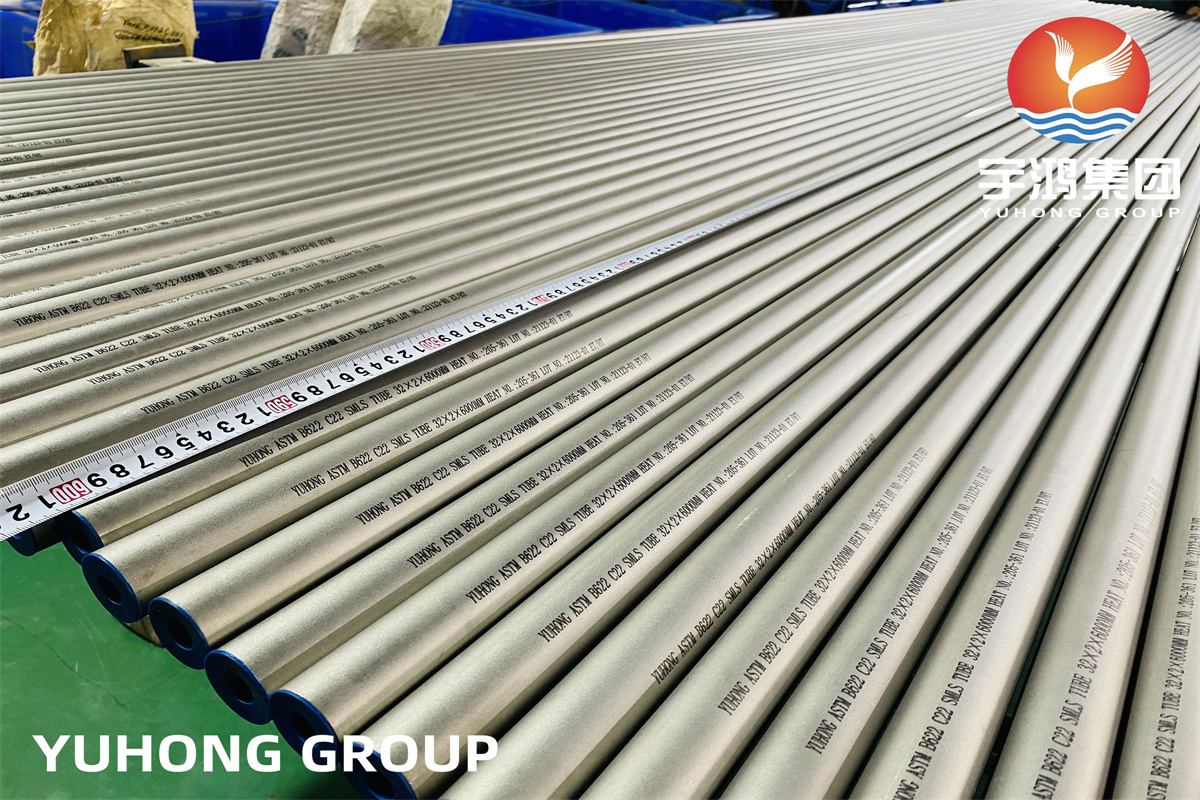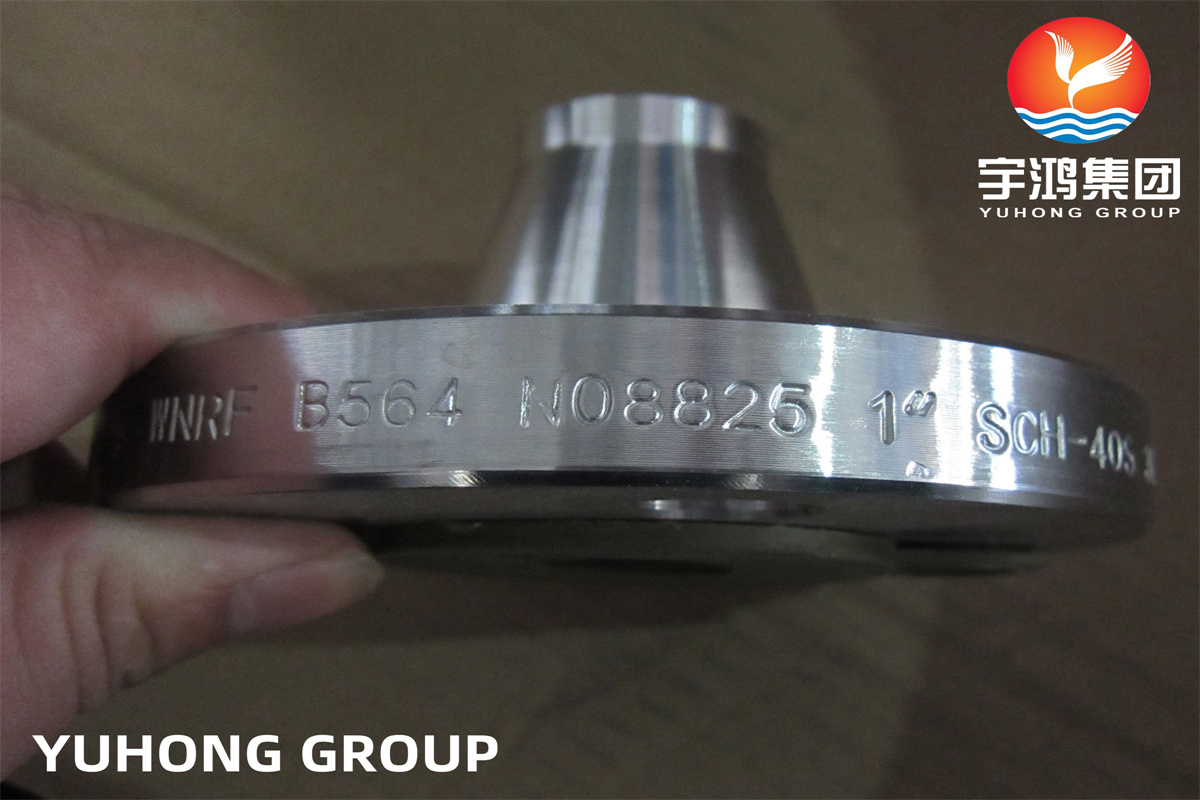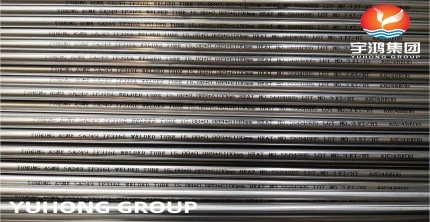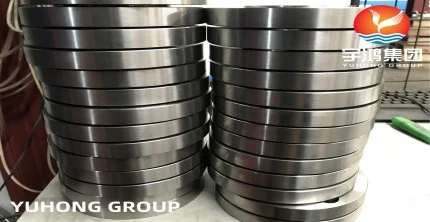Scope of application for stainless steel
304:Household goods (1 and 2 tableware, cabinets, indoor pipes, water heaters, boilers, bathtubs). Auto parts (windshield wipers, mufflers, moldings). Medical equipment, building materials, chemicals, food industry, agriculture, and ship parts.
304L: 304L stainless steel pipe is used in field open-air machines in chemical, coal, and petroleum industries that require high resistance to grain boundary corrosion, heat-resistant parts of building materials, and parts with difficult heat treatment.
316:Seawater equipment, chemical, dye, paper, oxalic acid, fertilizer, and other production equipment; photography, food industry, coastal facilities, ropes, CD rods, bolts, nuts.
316L: Products with special requirements for resistance to grain boundary corrosion.
Performance comparison of 316 and 316L stainless steels
Chemical Composition
316 and 316L stainless steels are molybdenum-containing stainless steels. The molybdenum content in 316L stainless steel is slightly higher than that of 316 stainless steel. Due to the molybdenum in the steel, the overall performance of this steel is better than that of 310 and 304 stainless steel. Under high-temperature conditions, when the concentration of sulfuric acid is lower than 15% and higher than 85%, 316 Stainless steel has a wide range of uses. 316 stainless steel also has good resistance to chloride attack, so it is often used in marine environments. 316L stainless steel has a maximum carbon content of 0.03 and can be used in applications where annealing after welding cannot be performed and where maximum corrosion resistance is required.
Grade | C max | Mn max | P max | S max | Si max | Cr | Ni | Mo |
304 | 0.08 | 2.0 | 0.045 | 0.03 | 1.0 | 18-20 | 8-12 |
|
304L | 0.03 | 2.0 | 0.045 | 0.03 | 1.0 | 18-20 | 8-12 |
|
316 | 0.08 | 2.0 | 0.045 | 0.03 | 1.0 | 16-18 | 10-14 | 2-3 |
316L | 0.03 | 2.0 | 0.045 | 0.03 | 1.0 | 16-18 | 10-14 | 2-3 |
Mechanical Properties
Grade | UTS N/mm | Yield N/mm | Elongation % | Hardness HEB | Com[arable DIN Number |
wrought | cast |
304 | 600 | 210 | 60 | 80 | 1.4301 | 1.4308 |
304L | 530 | 200 | 50 | 70 | 1.4306 | 1.4552 |
316 | 560 | 210 | 60 | 78 | 1.4401 | 1.4408 |
316L | 530 | 200 | 50 | 75 | 1.4406 | 1.4581 |
Austenitic stainless steel has the lowest yield point of all steels. Therefore, from the perspective of mechanical properties, austenitic stainless steel is not the best material for the valve stem, because to ensure a certain strength, the diameter of the valve stem will increase. The yield point cannot be increased by heat treatment, but can be increased by cold forming.
Corrosion Resistance
The corrosion resistance of 316 stainless steel is better than that of 304 stainless steel, and it has good corrosion resistance in the production process of pulp and paper. And 316 stainless steel is also resistant to erosion by marine and aggressive industrial atmospheres. Generally speaking, 304 stainless steel and 316 stainless steel have little difference in chemical corrosion resistance, but there are differences in some specific media.
The stainless steel originally developed was 304, which is sensitive to pitting corrosion under certain circumstances. Adding an additional 2-3% molybdenum reduced this sensitivity, thus giving birth to 316. In addition, this additional molybdenum can also reduce the corrosion of some hot organic acids.
316 stainless steel has almost become the standard material in the food and beverage industry. Due to the worldwide shortage of molybdenum and the higher nickel content of 316 stainless steel, the price of 316 stainless steel is more expensive than that of 304 stainless steel.
Pitting corrosion is a phenomenon mainly caused by the deposition corrosion of stainless steel surface, which is due to the lack of oxygen and the inability to form a protective layer of chromium oxide. Especially in small valves, the possibility of deposits on the valve plate is very small, so pitting corrosion is also rare. In various types of water media (distilled water, drinking water, river water, boiler water, seawater, etc.), the corrosion resistance of 304 stainless steel and 316 stainless steel is almost the same, unless the content of chloride ions in the medium is very high, then 316 stainless steel more suitable.
In most cases, the corrosion resistance of 304 stainless steel and 316 stainless steel is not much different, but in some cases it may be very different and needs to be analyzed on a case-by-case basis.
Heat Resistance
In intermittent use below 1600 degrees and continuous use below 1700 degrees, 316 stainless steel has good oxidation resistance. In the range of 800-1575 degrees, it is best not to use 316 stainless steel continuously, but when 316 stainless steel is used continuously outside this temperature range, the stainless steel has good heat resistance. The carbide precipitation resistance of 316L stainless steel is better than that of 316 stainless steel, and the above temperature range can be used.
Heat Treatment
Annealed in the temperature range of 1850-2050 degrees, then rapidly annealed, then rapidly cooled. 316 stainless steel cannot be hardened by overheating.
Welding
316 stainless steel has good weldability. All standard welding methods can be used for welding. According to the application, 316Cb, 316L or 309Cb stainless steel filler rods or electrodes can be used for welding. In order to obtain the best corrosion resistance, the welded section of 316 stainless steel needs to be post-weld annealed. Post weld annealing is not required if 316L stainless steel is used.
Magnetic
Due to the widespread use of austenitic stainless steel, people have a false impression that all stainless steels are not magnetic. For austenitic stainless steel, it can be basically understood as non-magnetic, and this is true of quenched forged steel. But the 304 processed by cold forming will be somewhat magnetic. For cast steel, it is not magnetic if it is 100% austenitic stainless steel.

 English
English